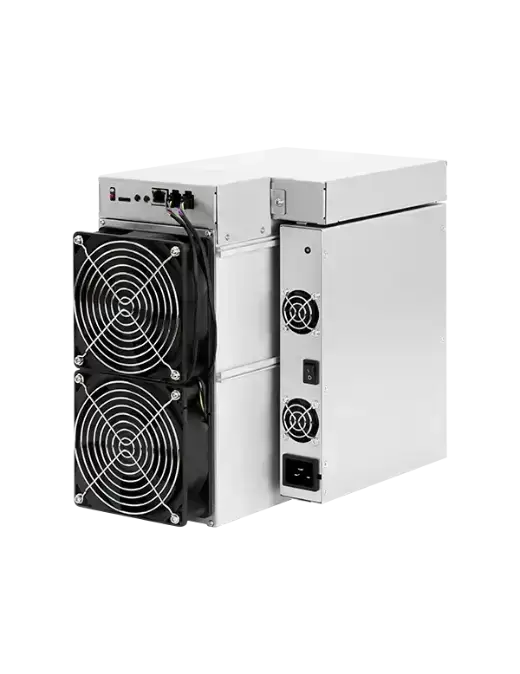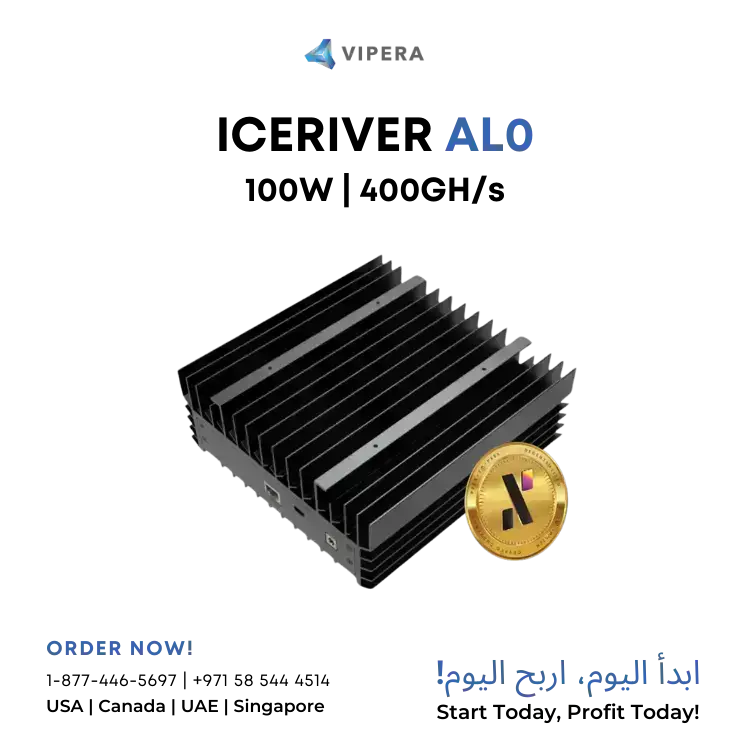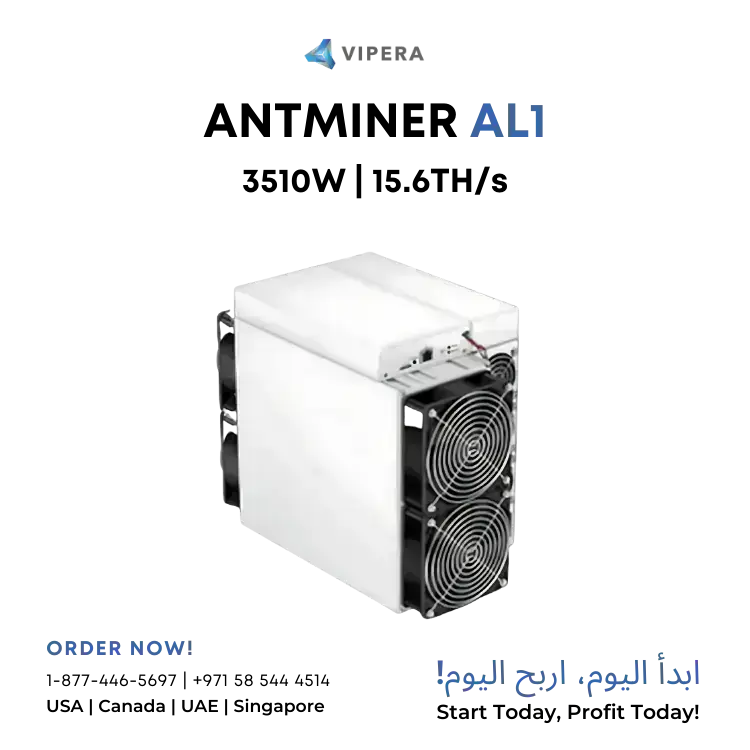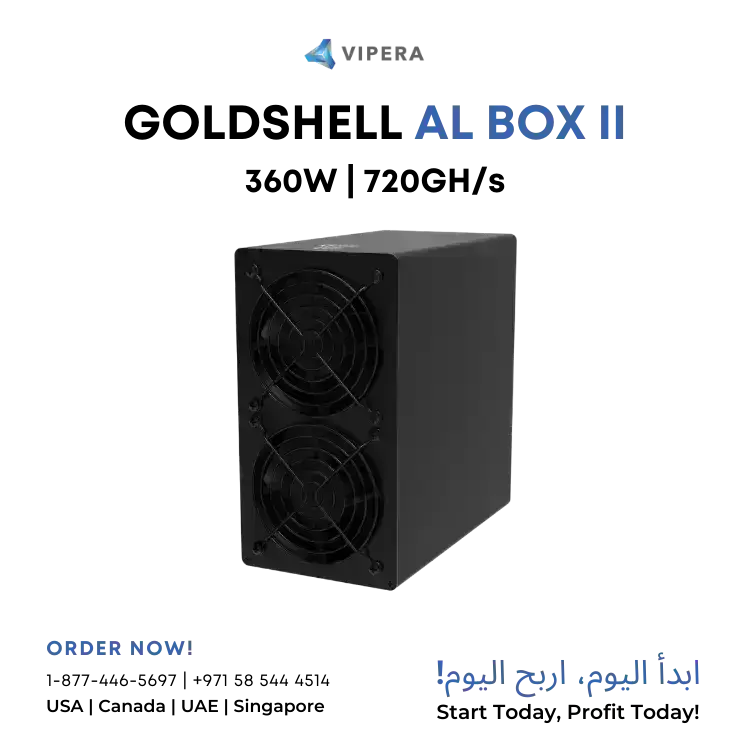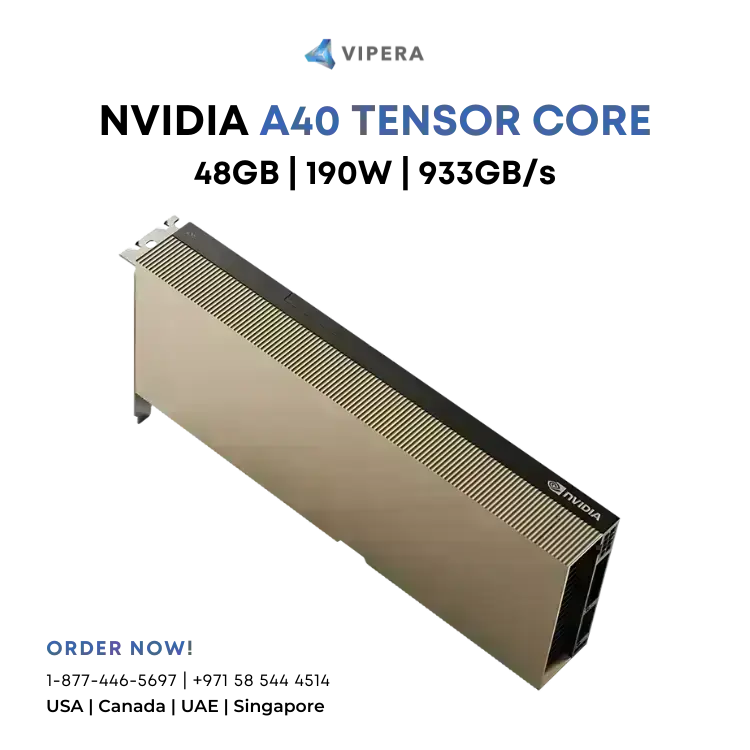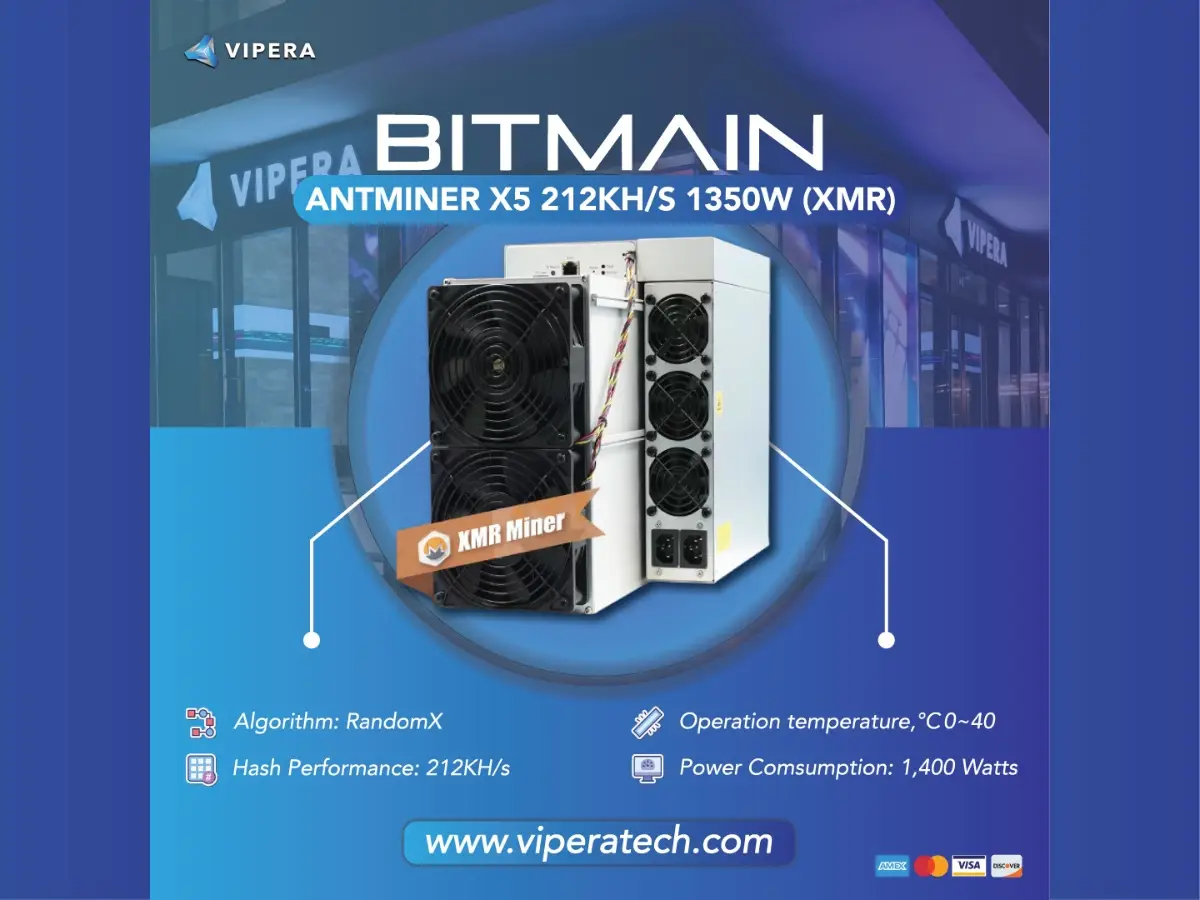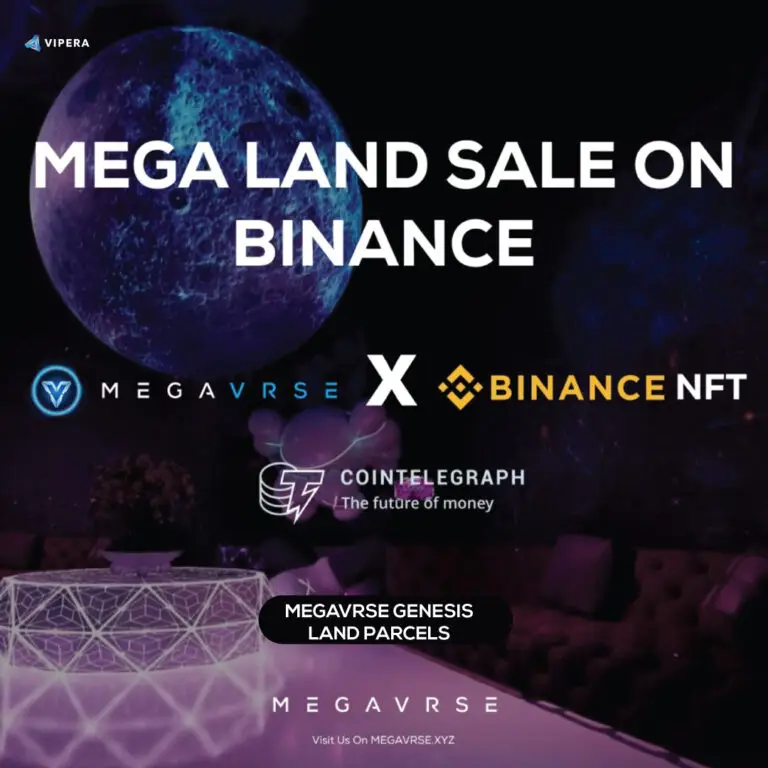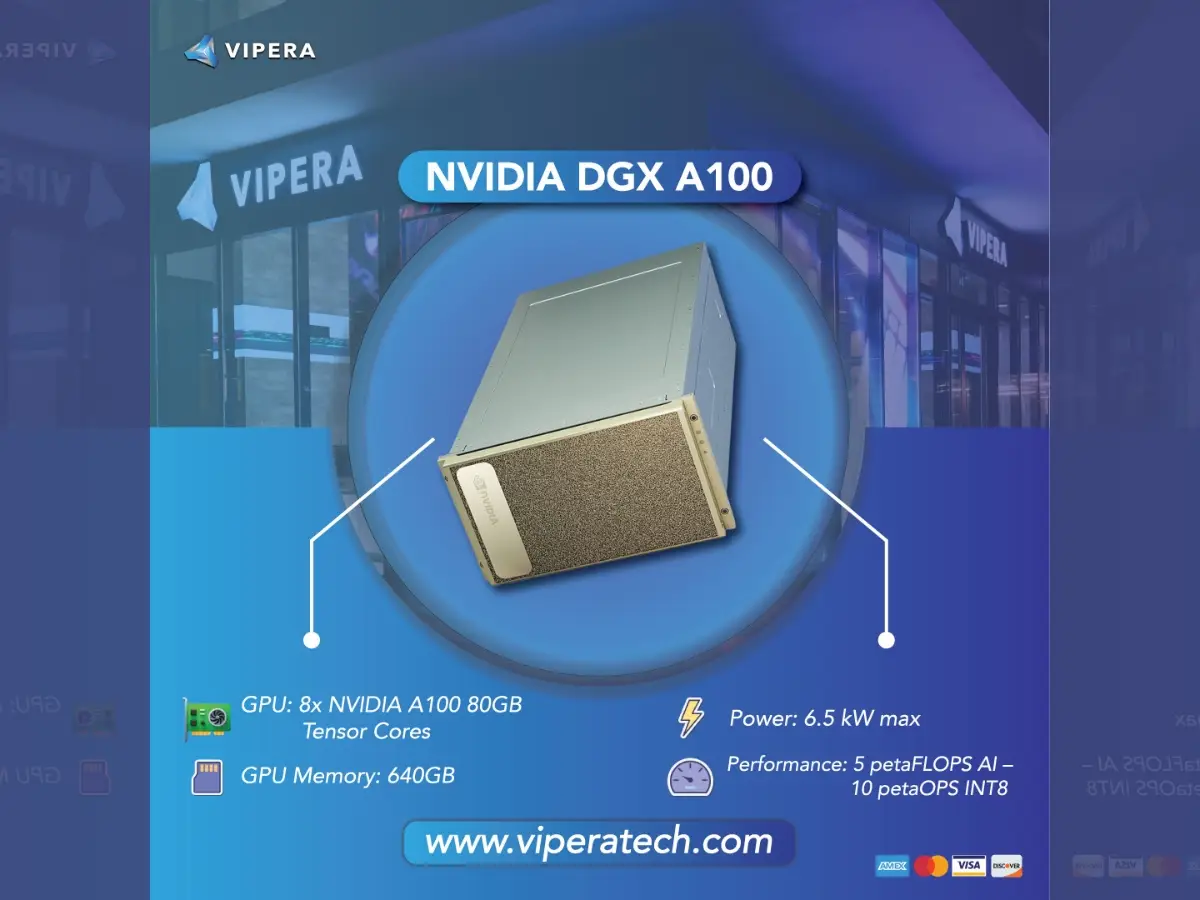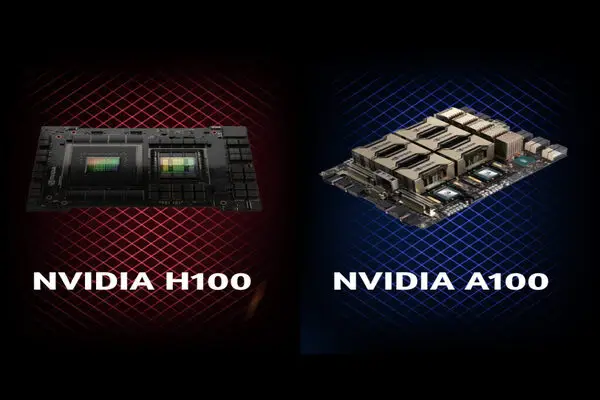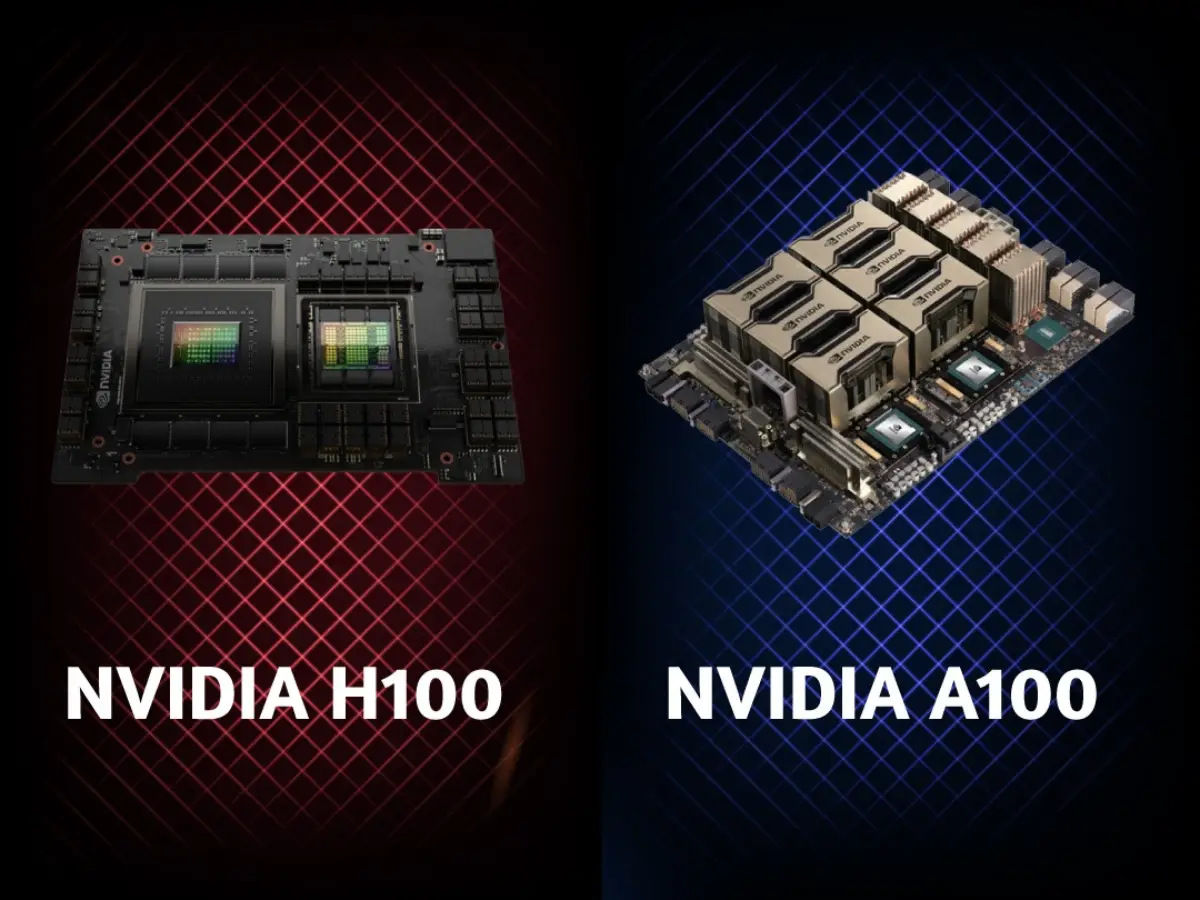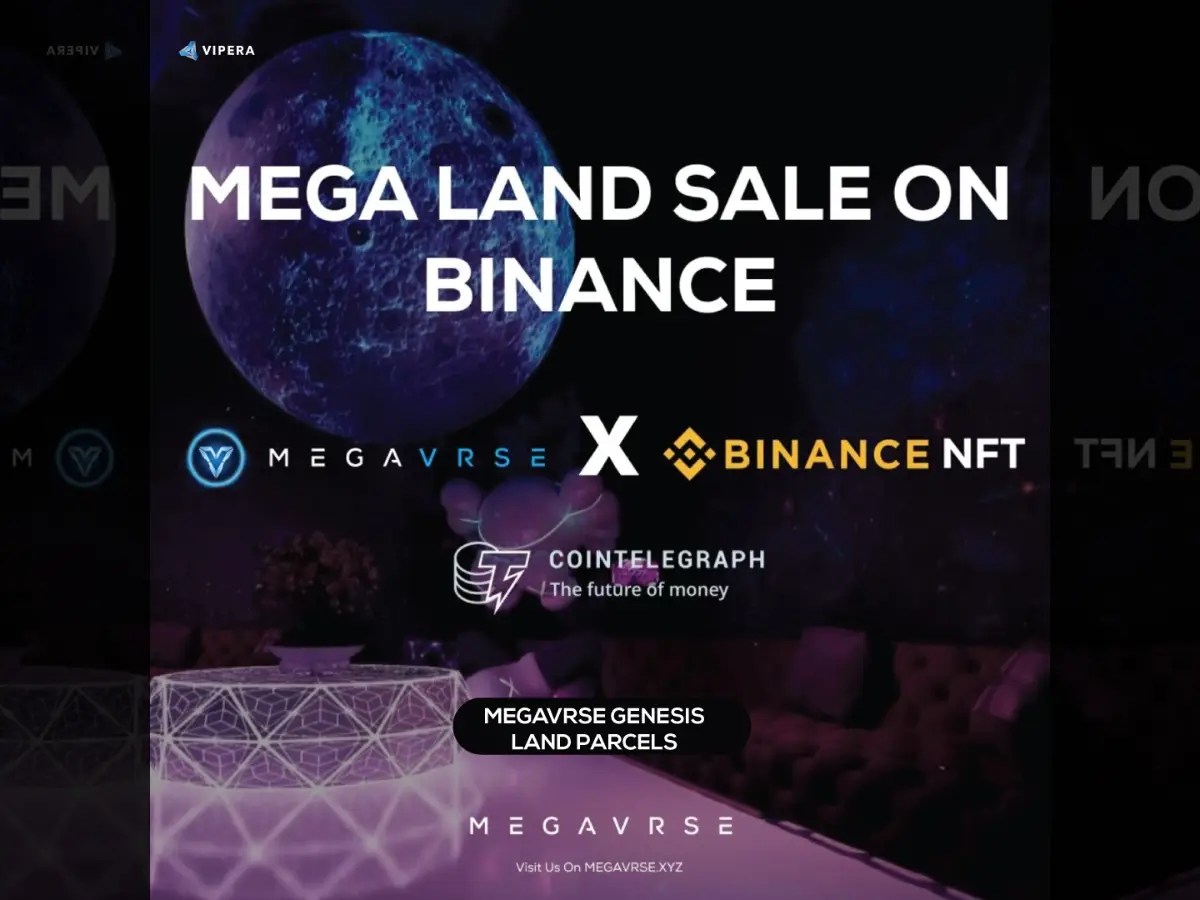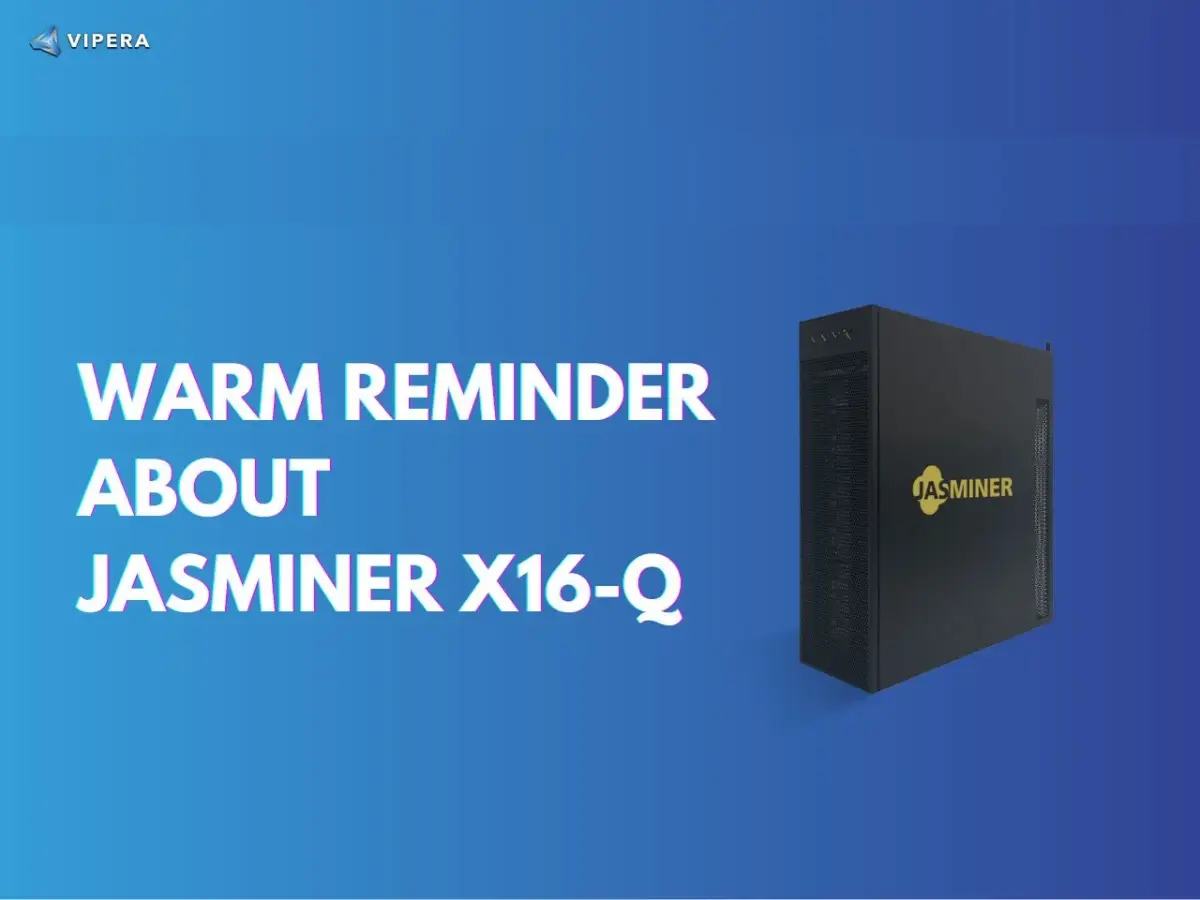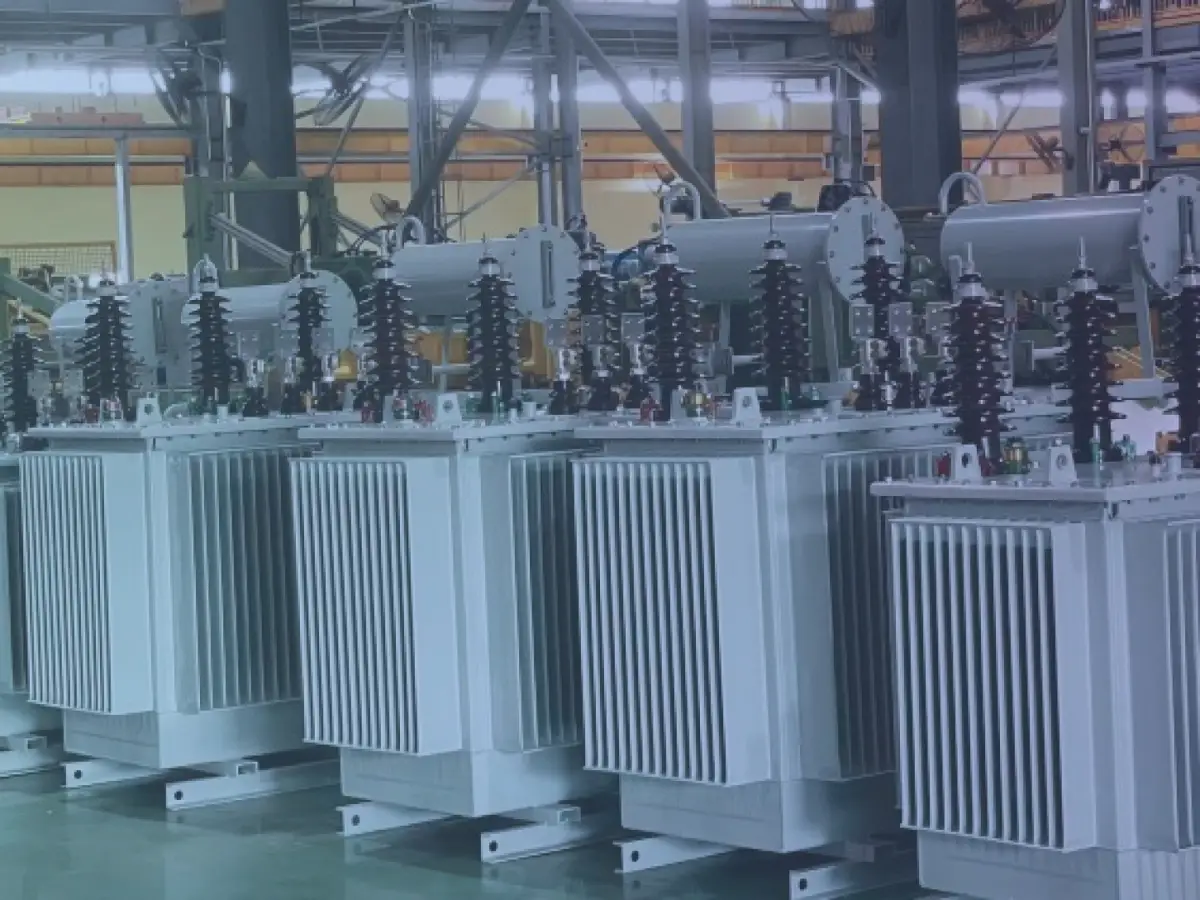
When it comes to adding or replacing transformers in oil and gas plants, operators need to consider various factors to optimize their operations. In this article, we will explore the differences between the IEC and IEEE design of transformers. IEC and IEEE transformer standards Most transformer manufacturers adhere to international standards. The main standards for transformers are IEC and IEEE. While both are used globally, there are regional preferences. IEC standards are predominant in Europe and widely used in Asia. In North America, ANSI/IEEE standards are commonly specified, although IEC standards are also accepted.


IEC and IEEE
IEC world. In the IEC world, the main standard for power transformers is IEC 60076. This standard covers multiple aspects of transformer design, including construction, performance, and testing. It also provides guidelines for insulation, cooling, and noise levels. IEEE World. In North America, ANSI/IEEE C57 standards are widely followed. These standards cover various transformer types and provide detailed requirements for design, manufacturing, and testing. They also address aspects such as insulation, cooling, and noise mitigation.
Examples of some differences
Temperature: Rise In IEC transformer standards, the temperature rise is indicated by two values: one for the top oil temperature and another for the average winding temperature. For standard ambient conditions (20°C yearly average, 30°C monthly average, 40°C maximum temperature), the temperature rise is typically 60 K for the top oil and 65 K for the windings. This is denoted as 60 K / 65 K.
In contrast, IEEE transformer standards specify a single value for the temperature rise, which applies to both the top oil and the windings. For standard ambient temperatures, the temperature rise in IEEE transformers is typically 65 K. It is important to consider that these values are based on standard ambient conditions and may vary depending on specific operating conditions and design considerations. Proper selection and design of transformers should ensure that the temperature rise remains within acceptable limits for reliable and safe operation.
Insulation coordination / Test voltages: Both IEC and IEEE standards provide guidelines for test voltages in transformers based on the system voltage. In IEC 60076-3, the test voltages are determined based on the highest voltage for the equipment (Um). The standard specifies two types of rated withstand voltages: the rated lightning impulse withstand voltage (LI) and the rated short duration induced or separate source AC withstand voltage (AC).
Similarly, IEEE C57.12.90 follows a similar approach. The standard also considers the highest system voltage and provides corresponding test voltages. In IEEE, the test voltage for impulse is called the basic lightning impulse insulation level (BIL).
These test voltages are important because they ensure that transformers can handle electrical stresses and operate reliably within the intended voltage range. Manufacturers and operators need to follow the appropriate standard for their region and industry to determine the right test voltages for insulation coordination in transformers.
Terminology: Indeed, there are differences in terminology between European and North American standards for certain components and tests in transformers. These differences can often be attributed to historical reasons and regional practices.
For Example:

Summery
Both IEC and IEEE standards are widely used for the design and testing of transformers, particularly power transformers. However, when it comes to transformers used in converter operation (rectifier duty), there are some differences in how these standards address certain aspects.
While IEC and IEEE standards are generally aligned on the design and testing of power transformers, they have additional “add-on” standards that specifically cover the unique requirements of transformers used in converter applications. These standards may include topics such as harmonics, which are more prevalent in converter operations.
The handling of converter-related aspects, such as harmonics, may vary between IEC and IEEE standards. These differences could be attributed to regional practices, historical development, or varying approaches to addressing harmonics and other issues specific to converter operation. Professionals and manufacturers working with transformers in converter applications should refer to the relevant standards from both IEC and IEEE to ensure compliance with the specific requirements and considerations for converter operation.


